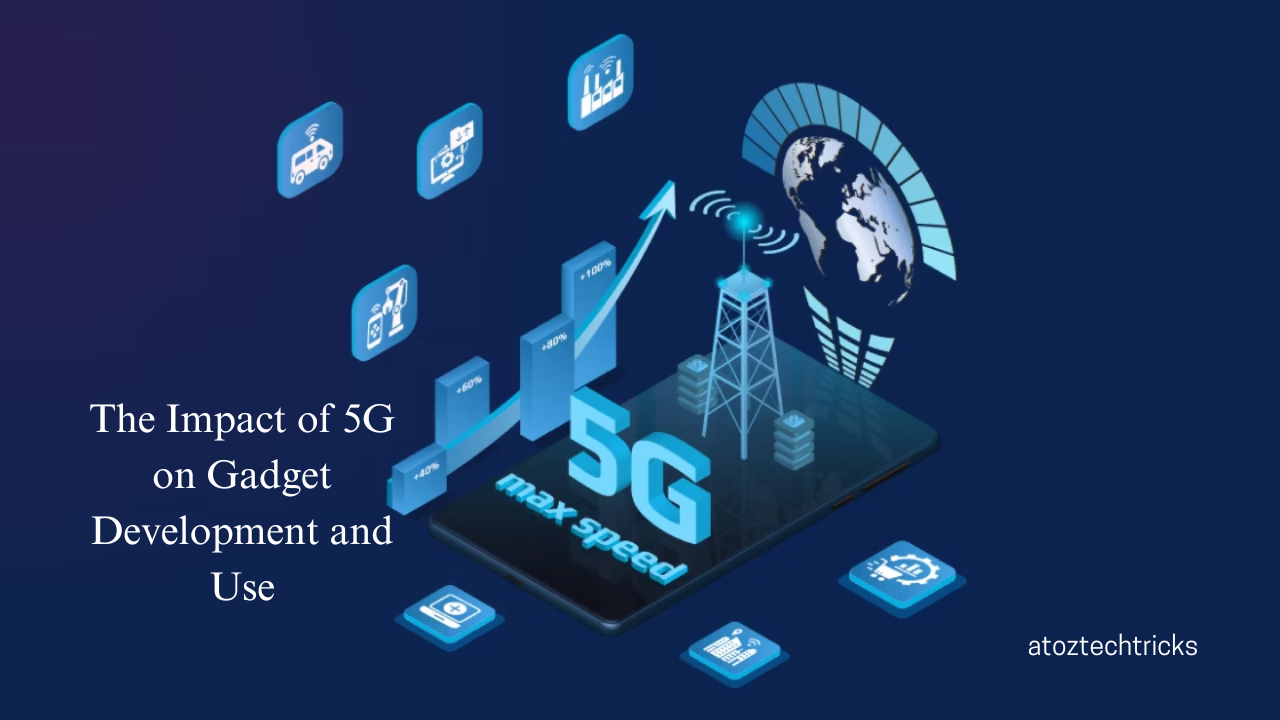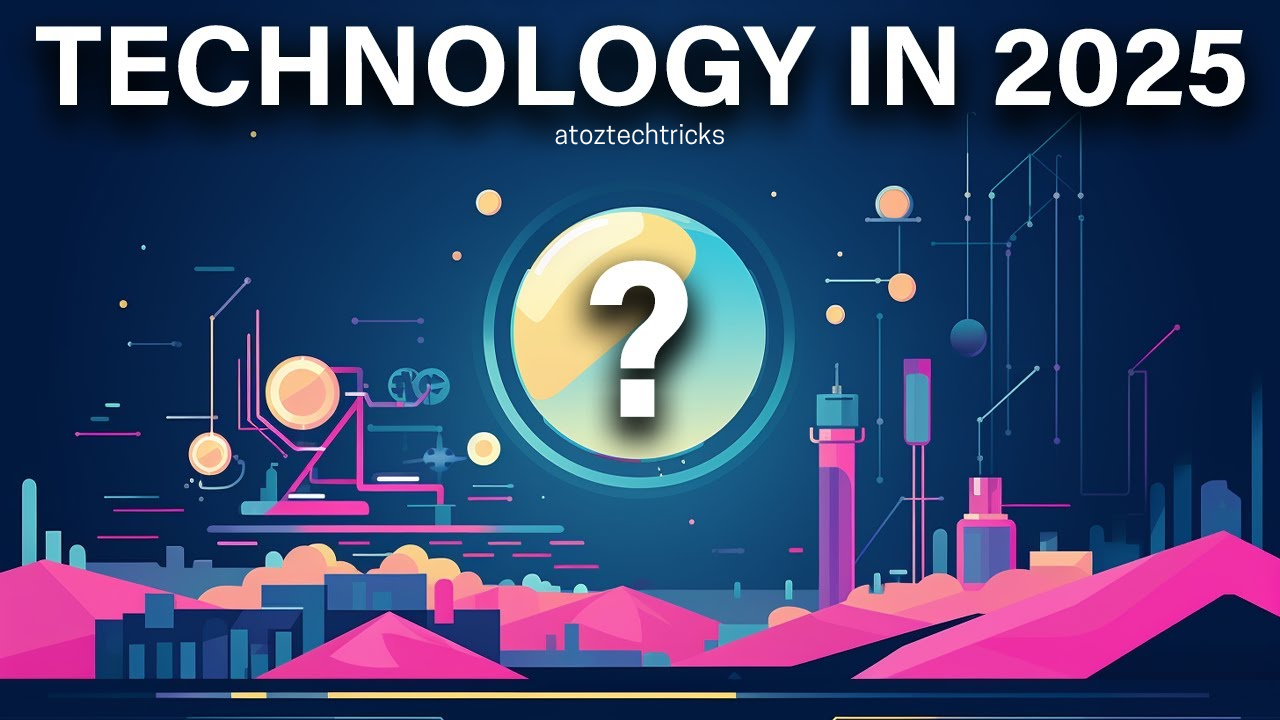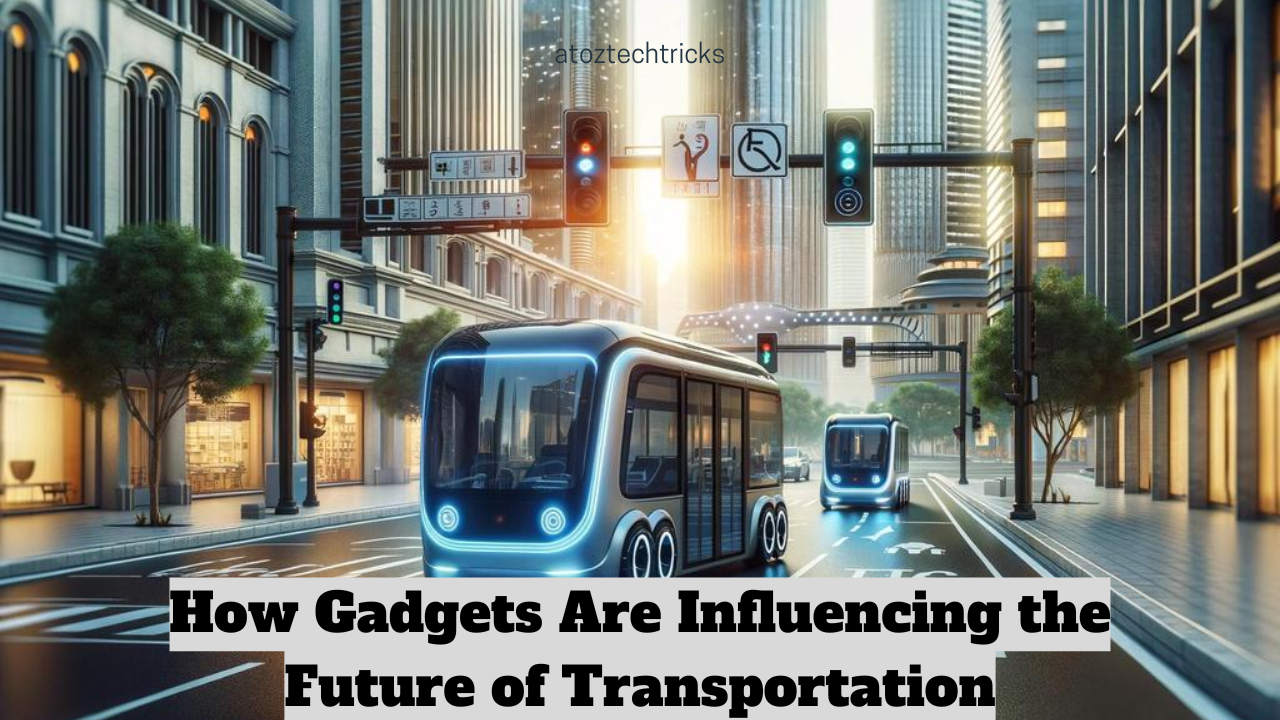The advent of 5G technology has heralded a new era in the world of gadgets and devices, fundamentally transforming how they are developed, used, and integrated into our daily lives. As the fifth generation of mobile network technology, 5G offers unprecedented speed, reduced latency, and enhanced connectivity, paving the way for innovations that were previously unimaginable. This article delves into the profound impact of 5G on gadget development and use, exploring its influence on various industries, the evolution of smart devices, and the future of connectivity.
Understanding 5G Technology
To appreciate the impact of 5G on gadgets, it’s essential to understand what 5G technology entails. Unlike its predecessors, 5G is not just an incremental upgrade but a significant leap forward in mobile communication technology. It offers speeds up to 100 times faster than 4G, with data rates reaching up to 10 Gbps. Additionally, 5G promises ultra-low latency, as low as 1 millisecond, compared to the 30-50 milliseconds typically experienced with 4G networks.
This technology operates on a higher frequency spectrum, utilizing millimetre waves that can carry more data at faster speeds. However, these waves have a shorter range and are more easily obstructed by physical barriers, necessitating a denser network of small cells and antennas. Despite these challenges, the benefits of 5G far outweigh its limitations, and its deployment is rapidly expanding across the globe.
The Evolution of Gadgets in the 5G Era
The rollout of 5G is a catalyst for the evolution of gadgets, driving innovations in design, functionality, and connectivity. Here’s how 5G is shaping the development of various types of devices:
1. Smartphones and Mobile Devices
Smartphones are at the forefront of the 5G revolution. The increased speed and reduced latency of 5G networks enable these devices to handle more data-intensive applications, such as 4K and 8K video streaming, augmented reality (AR), and virtual reality (VR) experiences, with ease. This enhanced capability is pushing manufacturers to develop more powerful processors, advanced cameras, and high-resolution displays to take full advantage of 5G.
Moreover, 5G allows for better integration of AI-powered features, such as real-time language translation, AI-driven photography, and enhanced voice assistants. As 5G networks become more widespread, we can expect to see a new generation of smartphones that are more powerful, responsive, and capable of tasks that were once limited to desktop computers.
2. Wearable Technology
Wearable gadgets, including smartwatches, fitness trackers, and augmented reality glasses, are also benefiting from the 5G revolution. The enhanced connectivity of 5G allows these devices to connect seamlessly to the internet, enabling real-time data processing and analysis. For instance, fitness trackers can provide more accurate and immediate feedback on a user’s health metrics, while AR glasses can deliver real-time information overlays in various settings.
In healthcare, 5G-enabled wearables are poised to revolutionize remote patient monitoring. Devices can continuously track vital signs and send data to healthcare providers in real time, allowing for timely interventions and personalized treatment plans. This real-time connectivity is crucial for managing chronic conditions and improving overall patient outcomes.
3. Internet of Things (IoT) Devices
The Internet of Things (IoT) is perhaps the most significant area of impact for 5G technology. IoT refers to the network of interconnected devices that communicate and share data, from smart home appliances to industrial machinery. The low latency and high bandwidth of 5G make it possible to connect a vast number of IoT devices efficiently, enabling more sophisticated automation and data-driven decision-making.
In the home, 5G will enhance the performance of smart appliances, security systems, and home automation platforms. For instance, smart refrigerators can monitor food inventory and suggest recipes in real time, while security cameras can stream high-definition video without lag. In industrial settings, 5G-enabled IoT devices can improve efficiency, safety, and predictive maintenance by providing real-time data from sensors and machines.
4. Autonomous Vehicles
Autonomous vehicles (AVs) are another area where 5G is making a substantial impact. These vehicles rely on real-time data from various sensors, cameras, and communication systems to navigate safely and efficiently. The ultra-low latency of 5G networks is critical for AVs, as it allows them to process and react to data almost instantaneously.
With 5G, autonomous vehicles can communicate with each other and with infrastructure in real time, enabling smoother traffic flow and reducing the risk of accidents. This technology also supports the development of advanced driver-assistance systems (ADAS), which enhance vehicle safety and driver experience. As 5G networks expand, we can expect to see more widespread adoption of autonomous vehicles and a transformation in how we think about transportation.
Enhanced User Experience and New Applications
The impact of 5G extends beyond the development of gadgets to how these devices are used and the user experience they offer. The enhanced capabilities of 5G are opening up new possibilities for applications that were previously constrained by the limitations of earlier network technologies.
1. Augmented Reality (AR) and Virtual Reality (VR)
AR and VR technologies are set to flourish in the 5G era. These immersive technologies require high bandwidth and low latency to deliver seamless experiences, which 5G can provide. In the realm of entertainment, 5G enables high-quality VR gaming and 360-degree video streaming, creating more immersive and interactive experiences for users.
In education and training, 5G-powered AR and VR can offer realistic simulations and remote learning experiences. For example, medical students can practice surgeries in a virtual environment, while engineers can use AR glasses to overlay schematics onto physical structures. These applications are just the beginning of how 5G will revolutionize learning and professional training.
2. Smart Cities
The concept of smart cities is closely tied to the capabilities of 5G networks. A smart city leverages IoT devices, sensors, and data analytics to improve urban living conditions, manage resources efficiently, and enhance public safety. With 5G, smart cities can deploy more connected devices and analyze data in real time, leading to more responsive and adaptive urban environments.
For instance, 5G can enable real-time monitoring of traffic conditions, allowing for dynamic traffic management and reducing congestion. It can also support smart grid technologies that optimize energy consumption and distribution. In public safety, 5G can enhance emergency response systems by providing real-time data from surveillance cameras, drones, and wearable devices used by first responders.
3. Remote Work and Collaboration
The COVID-19 pandemic accelerated the shift towards remote work, and 5G is poised to further transform how we work and collaborate remotely. The high-speed connectivity and low latency of 5G make it possible to conduct high-quality video conferences, collaborate on large files in real time, and access cloud-based applications with minimal lag.
5G also enables more immersive remote collaboration through AR and VR. Teams can work together in virtual spaces, interact with 3D models, and conduct virtual meetings that feel almost as if they were in the same room. This capability is particularly valuable for industries such as design, engineering, and healthcare, where visual collaboration is crucial.
4. Enhanced Gaming Experiences
Gaming is another area where 5G is making a significant impact. Mobile gaming, in particular, benefits from the high-speed and low-latency connectivity of 5G networks. Gamers can enjoy more responsive gameplay, with reduced lag and faster loading times, enhancing the overall experience.
Cloud gaming services are also set to thrive with 5G. These services allow users to stream games directly to their devices without the need for high-end hardware. With 5G, cloud gaming can deliver high-quality graphics and smooth gameplay, making gaming more accessible to a broader audience.
5. Healthcare Innovations
5G is driving innovation in healthcare by enabling new applications that were previously impossible or impractical. Telemedicine, for example, benefits greatly from 5G’s high-speed connectivity, allowing for real-time consultations, remote monitoring, and even remote surgery using robotic systems.
Wearable health devices connected to 5G networks can continuously monitor patients’ vital signs and transmit data to healthcare providers in real time. This capability is particularly valuable for managing chronic conditions, as it allows for timely interventions and personalized care. In the future, 5G could also enable more advanced medical applications, such as remote robotic surgery, where low latency is critical.
Challenges and Considerations
While 5G offers numerous benefits, it also presents challenges and considerations that need to be addressed for its full potential to be realized.
1. Infrastructure Development
The deployment of 5G networks requires significant infrastructure development, including the installation of small cells, antennas, and fibre-optic cables. This process is costly and time-consuming, particularly in rural or less developed areas. Ensuring widespread and equitable access to 5G will require substantial investment and coordination between governments, telecom companies, and other stakeholders.
2. Security Concerns
As with any new technology, 5G brings security concerns that must be addressed. The increased number of connected devices and the complexity of 5G networks create more opportunities for cyberattacks. Ensuring the security and privacy of data transmitted over 5G networks is crucial, particularly in applications like healthcare and autonomous vehicles, where breaches could have serious consequences.
Network slicing, a feature of 5G that allows operators to create virtual networks tailored to specific use cases, can help enhance security by isolating different types of traffic. However, it also introduces new complexities and challenges in managing and securing these networks.
3. Regulatory and Environmental Issues
The deployment of 5G networks raises regulatory and environmental issues that need to be addressed. The installation of new infrastructure, such as small cells and antennas, requires regulatory approval, which can vary significantly between regions. Additionally, the increased energy consumption of 5G networks, due to the higher frequency and density of cells, raises environmental concerns.
Addressing these issues will require collaboration between governments, industry stakeholders, and environmental organizations to ensure that 5G deployment is both efficient and sustainable.
The Future of Gadget Development in the 5G Era
As 5G continues to roll out globally, its impact on gadget development and use will only intensify. The increased speed, reduced latency, and enhanced connectivity of 5G networks will drive innovation across various industries, leading to the development of more advanced, responsive, and interconnected devices.
In the future, we can expect to see the emergence of new types of gadgets that leverage 5G’s capabilities to offer experiences that were previously unimaginable. These might include fully autonomous drones, advanced robotics for industrial automation, and even more sophisticated smart home systems that anticipate our needs and preferences.
The integration of 5G with other emerging technologies, such as artificial intelligence, edge computing, and quantum computing, will further accelerate the evolution of gadgets. Devices will become more intelligent, and capable of processing and analyzing vast amounts of data in real time, leading to more personalized and efficient user experiences.
Moreover, 5G will play a crucial role in the development of the metaverse—a virtual world where people can interact, work, and play in immersive digital environments. The high-speed and low-latency connectivity of 5G will be essential for creating seamless and realistic metaverse experiences, opening up new possibilities for entertainment, social interaction, and commerce.
The impact of 5G on gadget development and use is profound and far-reaching. This next-generation network technology is driving innovation across a wide range of industries, enabling the creation of more advanced, responsive, and interconnected devices. From smartphones and wearables to autonomous vehicles and IoT devices, 5G is transforming how gadgets are designed, developed, and used.
As 5G continues to evolve and expand, its influence on gadget development will only grow, leading to the emergence of new types of devices and applications that leverage its capabilities. While there are challenges to overcome, the potential of 5G to revolutionize the world of gadgets is undeniable. The future of gadget development in the 5G era is bright, with endless possibilities for innovation, connectivity, and user experience.






